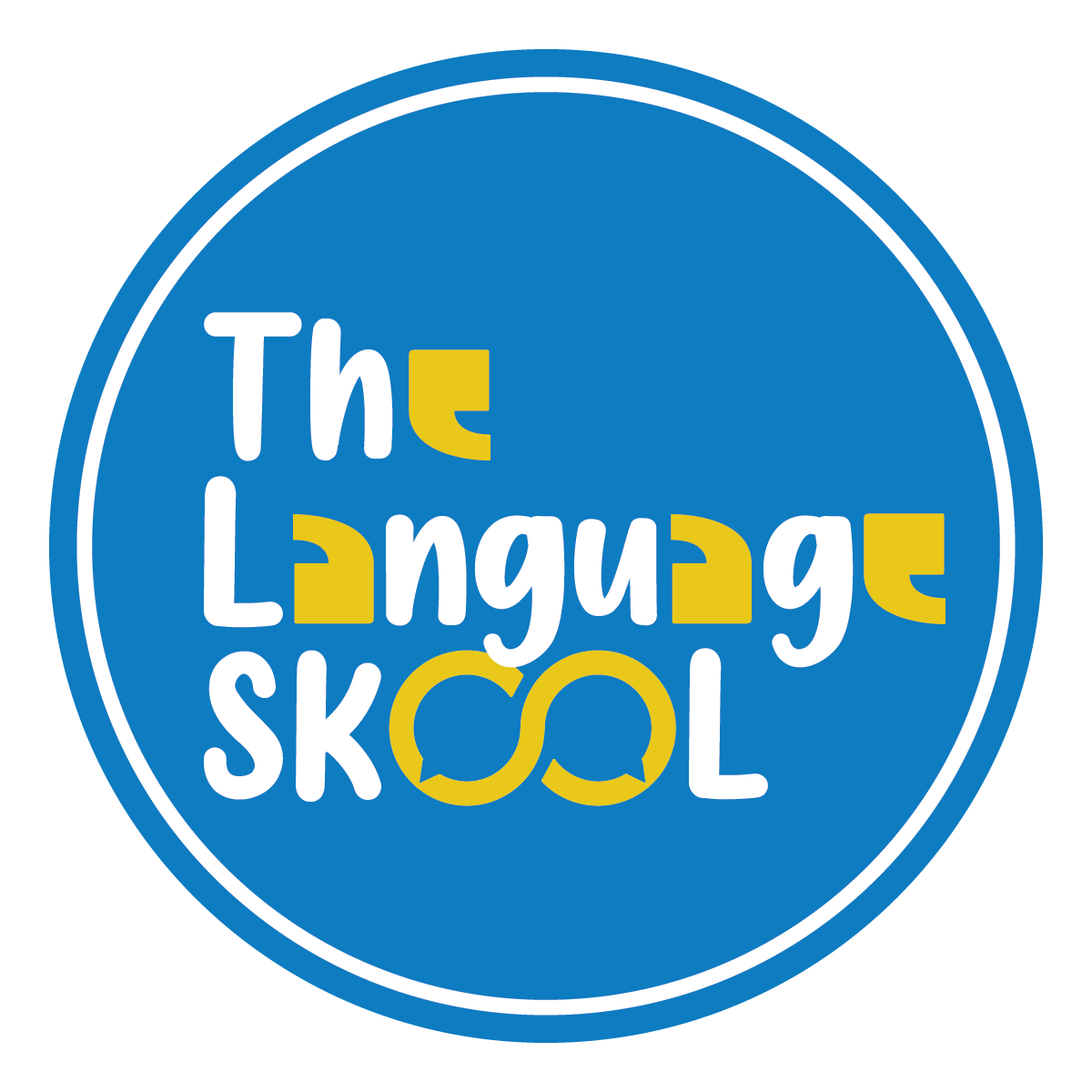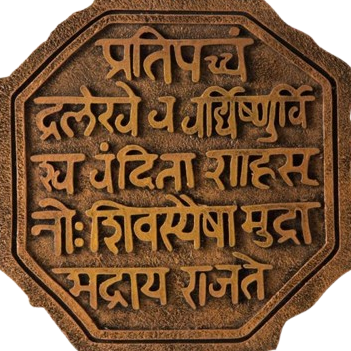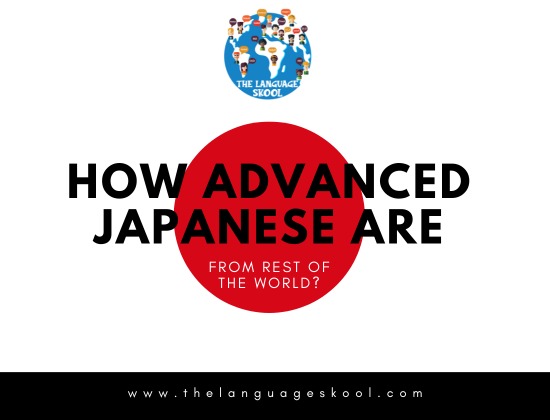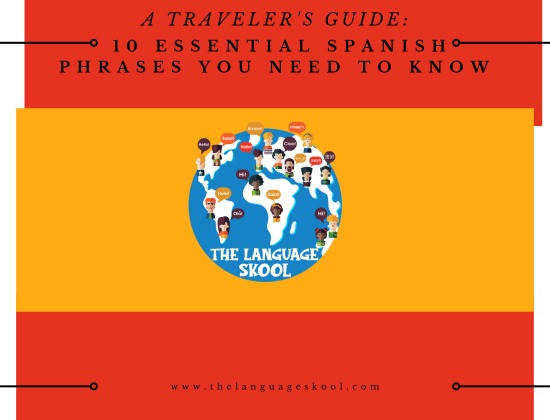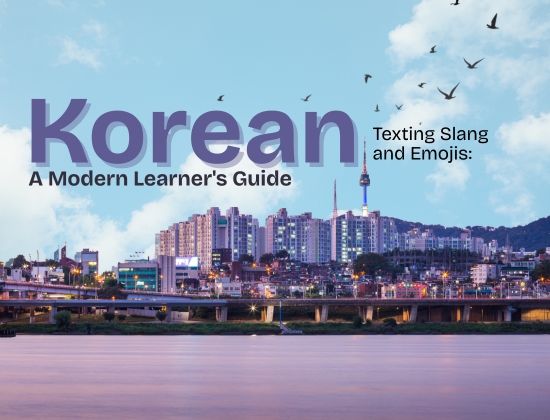
Korean Texting Slang and Emojis: A Modern Learner's Guide
.
You’re vibing with K-dramas, bopping to K-pop, and maybe even practising your 안녕하세요 (annyeonghaseyo) – hello and 감사합니다 (gamsahamnida) – thank you with confidence. But then you open a Korean chat group or comment section and see this:
“ㅋㅋㅋㅋㅋㅋ ㅂㅂ ㅇㅈ?”
Wait... what?
Welcome to the other side of the Korean language, the fast, fun, emoji-filled world of Korean texting slang. It’s where consonants become whole sentences and laughter looks like keyboard spam. And if you want to understand how young Koreans talk online truly, this is your ultimate cheat sheet.
Why Learn Korean Slang?
Because language isn’t just about grammar.
It’s how people talk.
And if you're serious about sounding natural, understanding texting slang is just as important as knowing how to order food or ask for directions.
Let’s dive into the coolest shortcuts, emoticons, and slang that will level up your Korean game, and maybe even impress your Korean friends.
Korean Slang 101: The Must-Knows
These are the MVPs of online Korean—seen in texts, comments, chats, everywhere:
-
ㅋㅋㅋㅋ (kkk or keukeukeu) – Laughing, like “LOL”
The more ㅋs you add, the harder you’re laughing. -
ㅎㅎㅎ (hahaha) – Light laugh or giggle
Softer than ㅋㅋㅋㅋ. Think polite laughter or chuckling. -
ㄱㄱ (gg) – “Go go” or let’s do it
A quick invite to start something. -
ㅇㅋ (okei) – Okay
Just like it sounds. Casual and cool. -
ㄴㄴ (nn) – No no
Used to casually refuse or decline. -
ㅂㅂ (bb) – Bye bye
Casual way of saying goodbye. -
ㅇㅇ (ung ung) – Yeah / Yes
A short, friendly way to say yes. -
ㅊㅋ (chukhahae) – Congrats
Short for 축하해 (chukhahae), meaning “congratulations.” -
ㅈㅅ (joseong) – Sorry
Short for 죄송합니다 (joesonghamnida), meaning “I’m sorry.” -
ㄷㄷ (deodeo) – Trembling / nervous
Used when something is intense or shocking. Like “shook.”
Korean Emojis and Typing Styles That Have Vibes
Forget, and here’s how Koreans express emotion using Hangul and symbols:
-
ㅠㅠ / ㅜㅜ (yuyu / uhuh) – Crying eyes
Represents tears. Used when something is sad, touching, or frustrating. -
^^ / ^_^ / ^ㅇ^ (smiling eyes) – Happy / smiling
Friendly and warm, like a gentle smile. -
ㅡㅡ / -_- (deadpan face) – Unimpressed/annoyed
Used when you’re tired, annoyed, or being sarcastic. -
(°ㅂ°╬) (angry face) – Anger
A dramatic way to show rage or irritation. -
(>_<) – Embarrassed / struggling
For frustration, awkwardness, or stress.
Slang You’ll See in K-Pop and K-Drama Fandoms
These pop up everywhere in fan comments, Twitter threads, and livestreams:
-
존잘 (jonjal) – Super handsome
Short for 존나 잘생겼다 (jonna jalsaenggyeotda), meaning “damn handsome” — very casual and should be used carefully. -
존예 (jonye) – Super pretty
Short for 존나 예쁘다 (jonna yeppeuda), meaning “so pretty” — again, super casual. -
대박 (daebak) – Awesome / Epic
A super common slang used for anything impressive. -
심쿵 (simkung) – Heart-throb moment
Combo of 심장 (simjang) – heart and 쿵 (kung) – thump. Used when something or someone makes your heart skip a beat (like your bias winking? 심쿵!). -
덕후 (deokhu) – Hardcore fan / otaku
Someone deeply into a hobby, usually used for fandoms. -
스밍 (seuming) – Streaming
Short for 스트리밍 (seuteuriming) — used when fans stream music/videos to help idols rank.
Okay, But... How Do I Actually Learn This Stuff?
Don’t worry, we’ve got you.
At The Language SKOOL, we don’t just drill flashcards. We teach you how real people actually speak, type, and joke. That means:
-
Practising casual texting in real-life scenarios
-
Getting feedback on slang usage and cultural tone
-
Understanding when it's okay to say ㅋㅋㅋ (keukeukeu) and when you need to say 감사합니다 (gamsahamnida)
With us, you won’t just learn the what. You’ll learn the how, the when, and the why — so you’re texting like a local, not like a language robot.
Quick Quiz Before You Go!
Can you decode this?
“ㅇㅇ ㅋㅋ ㄱㄱ ㅂㅂ”
(Answer: Yeah, haha, let’s go, bye!)
Drop your answers in the comments, or better yet, come learn the full convo style with us.
Ready to chat like a native?
Join our Korean classes at The Language SKOOL and make your convos more real — emojis, slang, and all. Because in 2025, learning Korean doesn’t end with the textbook.
[Visit us at thelanguageskool.com]

